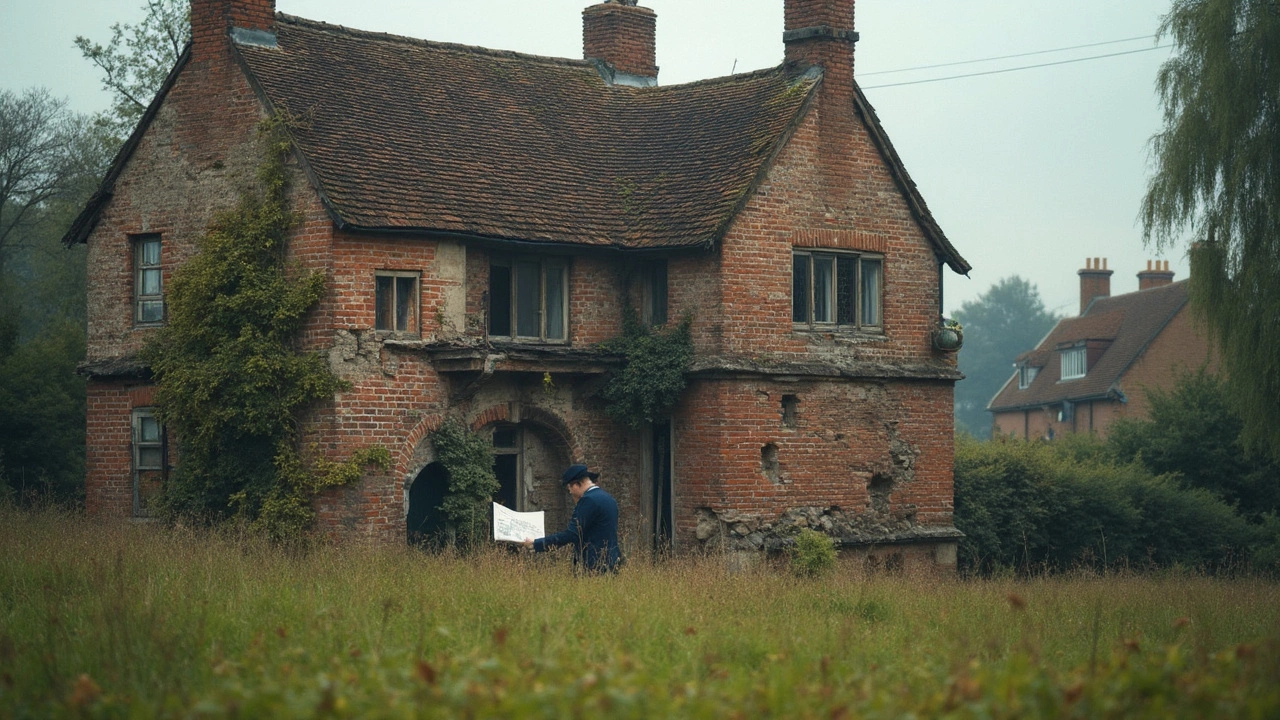Repair Solutions: Fast Fixes for Common Home Problems
Got a leak, a cracked wall, or a squeaky floor? You don’t need to panic. Most home repairs can be handled with a few tools, a little know‑how, and the right steps. Below we break down the most common issues, quick fixes you can try yourself, and the signs that say it’s time to call an expert.
Common Repairs You Can Tackle Today
Plumbing leaks. A dripping tap isn’t just annoying; it wastes water and can raise your bill. First, turn off the supply under the sink. Replace the worn washer with one that fits the valve size – a trip to the hardware store should cover that. If the pipe itself is corroded, a simple pipe clamp can hold the leak until a plumber arrives.
Running toilets. Hear that constant gurgle? Remove the tank lid and push the flapper down. If it still won’t seal, take the flapper out, note its size, and buy a new one. Install it the same way and watch the water stop flowing.
Floor squeaks. Walk across the room and locate the squeaky spot. Grab a screw and drive it into the joist from underneath (you may need a small access panel). The added pressure stops the wood from moving, and the squeak disappears.
Cracked drywall. Small hairline cracks are easy fixes. Clean the crack, apply a thin coat of joint compound, smooth it with a putty knife, and let it dry. Sand lightly, then repaint. For larger cracks, use a piece of mesh tape before the compound for extra strength.
Roof shingles. Missing or cracked shingles let water in fast. Slide a new shingle under the old one, nail it in place, and seal the nail heads with roofing cement. This stops leaks until a full roof check can be done.
When to Call a Professional
If you’ve tried the quick fixes and the problem persists, it’s time to bring in a pro. Persistent water stains on ceilings, large foundation cracks, or a furnace that won’t turn on are red flags. Professional plumbers can run pressure tests, structural engineers can assess foundation movement, and certified roofers can safely replace entire sections.
Another tell‑tale sign is if a repair feels beyond your skill level or requires specialized equipment – like cutting into a load‑bearing wall or fixing a gas line. In these cases, the cost of a mistake far outweighs the price of hiring an expert.
Before you book anyone, get at least two quotes, ask about guarantees, and check reviews. A reputable company will explain what they’ll do, how long it will take, and what materials they’ll use.
In short, many everyday issues have simple DIY solutions. Keep a basic toolkit – a wrench, screwdrivers, a hammer, and a few spare parts – handy, and you’ll save time and money. When the job gets too big or risky, don’t hesitate to call the professionals. Your home will stay safe, functional, and comfortable without the stress of a half‑done fix.

